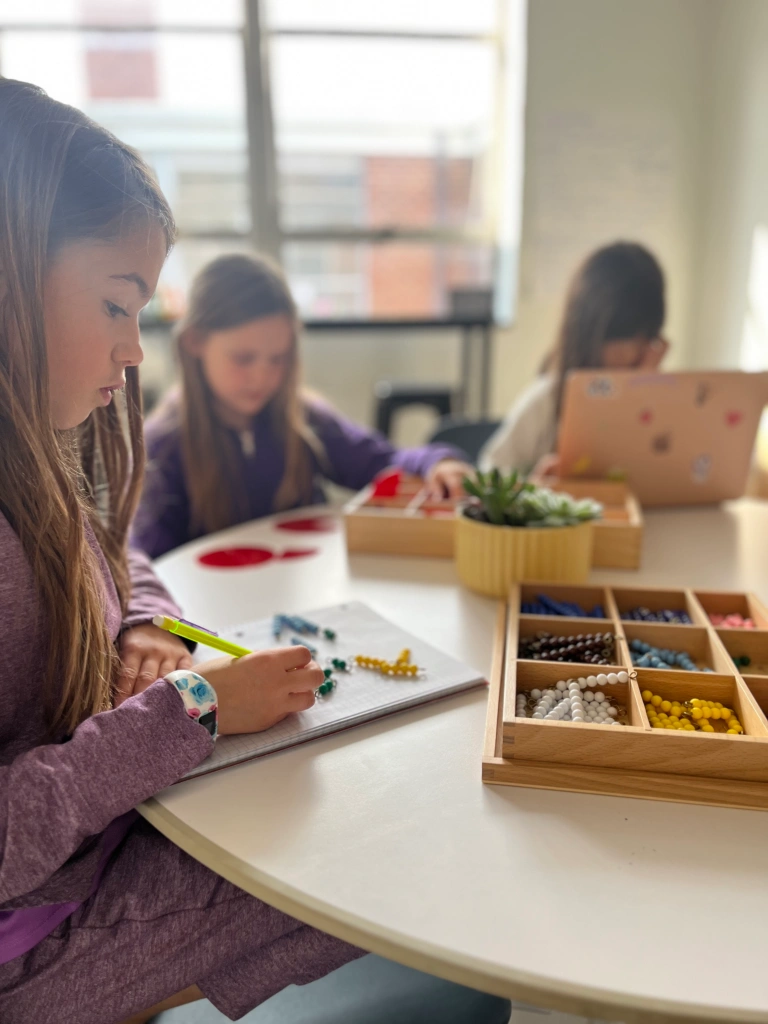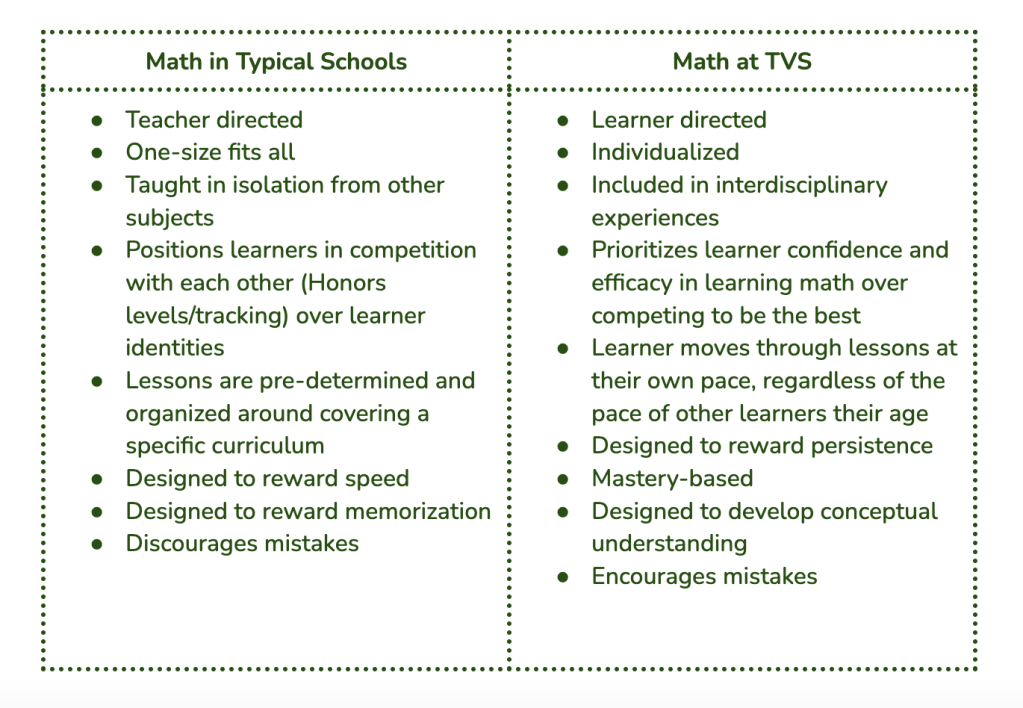
I’ve never considered myself a “math” person until I became a high school English teacher and realized that there was no such thing as a “math person” just like there was no such thing as an “English person”. Throughout the ten years of my career that I spent as an English teacher, I made a point to share my appreciation for math with all of my students, many who were shocked that a person who loved books could also love numbers. Friends who were math educators and well-known educational researchers also helped me shake this misconception – and so did the statistics classes that I took during my doctoral studies.
So where did I get this idea? I know for certain that it originated early on as a result of the messages I received in school. To be a math person at school you had to be good at math, and to be good at math you must learn fast and solve problems even faster. In fifth grade, my math teacher would pass out our tests in order – best to worst score. Each week I would cringe with scarlet cheeks as she placed the last test in her stack on my desk, face-down, of course. If I had only had the chance to take my time, learn at my own pace, and most importantly, build confidence in my ability to learn to learn math – maybe I would have been a math, not an English teacher.
The irony of the traditional math teaching approach is that math in the real world is meant to be slow – not fast. In a typical math class, the lessons are planned and scheduled before the school year begins leaving no time to plan responsively to the emerging needs of learners. Memorization is prioritized over conceptual understanding, and efficiency is prioritized over divergence. This type of learning is shortsighted, and as a result, turns many young people – myself included – away from understanding and appreciation for math.
One of the most frequent questions we get about our learning design is often in the form of a complaint about math and they go something like this… “But, don’t you need a teacher to learn math?” “My kid really doesn’t like learning math this way.” “Learning math that way doesn’t work for my kid.”
As a parent myself, I can relate to these sentiments – learning math is difficult and stretches a different part of the brain. I can also empathize with how difficult it can be to watch your child struggle to learn something, and how fear can creep in when I begin comparing my own children to their friends who attend different schools with a more traditional approach. When I slow down and think about the purposeful and research-based design of the math curriculum at TVS, my fears subside and I feel grateful for the opportunity my own kids have to learn how to learn math and develop confidence in their mathematical ability.

The goal of the math curriculum at TVS is much different than the typical or traditional math classroom. In fact, we would posit that the two are designed for completely different end results. The goal of our math curriculum at TVS is to build each individual learner’s capacity for learning how to learn math- or even, more broadly, how to solve problems, so when they encounter math challenges or difficult problems in their future schools, jobs, and life, they will have the ability to approach such challenges with confidence.
Most parents, educators, and learners can get on board with our ultimate goal of building the confidence and capacity to solve difficult problems. It’s the process that makes us uncomfortable.
For a learner, this process involves making mistakes, getting stuck, languishing a bit, feeling frustrated, avoiding asking for help, making more mistakes, complaining, figuring out what they need to learn, figuring out what tools they need, asking for help, finding momentum, making progress, feeling successful, making mistakes, getting stuck, (repeat, repeat, repeat!) Over time, the process of learning something new and challenging becomes far less intimidating, and learners draw on their previous experience to know what to do next.
Take an example of one of our oldest learners- a learner who has used Khan Academy to master arithmetic and pre-algebra, and is now halfway through Algebra I. Recently, this learner was making mistakes as he worked through the practice problems on Khan Academy. He was stuck. Feeling frustrated, he started avoiding math. Enter the languishing period. Noticing this, his guides and parents checked in with him. He responded by complaining about how difficult the problems were and how Algebra was a “different kind of hard” than he’d ever faced in math. He said he wasn’t sure what he needed to learn it but “Khan wasn’t helping”. Enter the complaining phase. Curious about his approach, a guide sat next to him as he worked through a problem. When he got stuck, she suggested going back to the video and modeled taking notes. Once back at the practice exercise, the learner referenced her notes as he solved the problem. Instead of the reassuring “ding” that indicated he got it right, his selected answer showed red and a “not quite” message. Before clicking “start over”, he clicked on the hints to see how they solved it. He looked back at the notes and discovered what he had done wrong. He solved the next four problems successfully and moved on to the next lesson. This time, he took out his notebook to take notes. At home, he confirmed with his parents that it is his goal to complete Algebra I this year. He made a weekly goal to stay on track and uses time outside of school to meet his goal if needed. Enter the finding momentum phase.
At TVS, we are deeply familiar with this process of learning how to learn math. The experience we share here is commonplace; the learner described is not alone in his process of learning to learn math. Mastery-based learning is hard and frequently uncomfortable and gratifying and confidence-building. All of this is by design. While our learners aren’t exempt from getting stuck, avoiding work, or complaining as they learn how to solve difficult problems, through our learning design they adopt a core belief that they are capable of learning hard things. They might need more practice, more support, or more tools, as they explore and master new concepts, but thankfully all of these are within reach.
As a result, I am certain that although some of our learners definitely enjoy math more than others, all of them would scoff at the idea that there is such thing as a “math” person. For this, I am so grateful.
